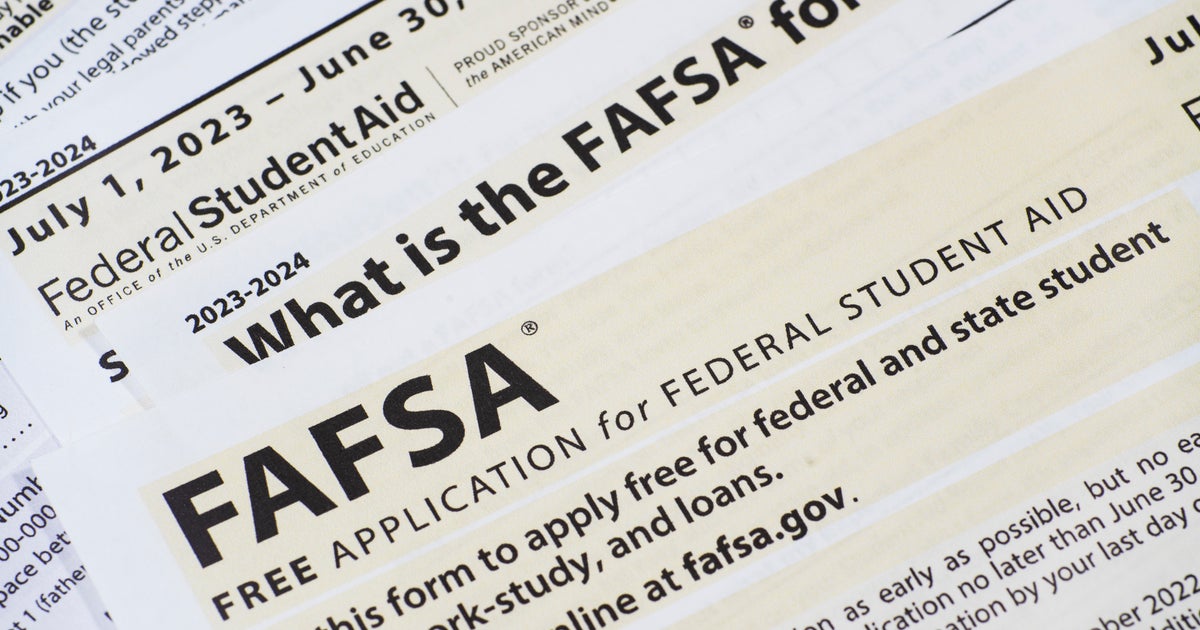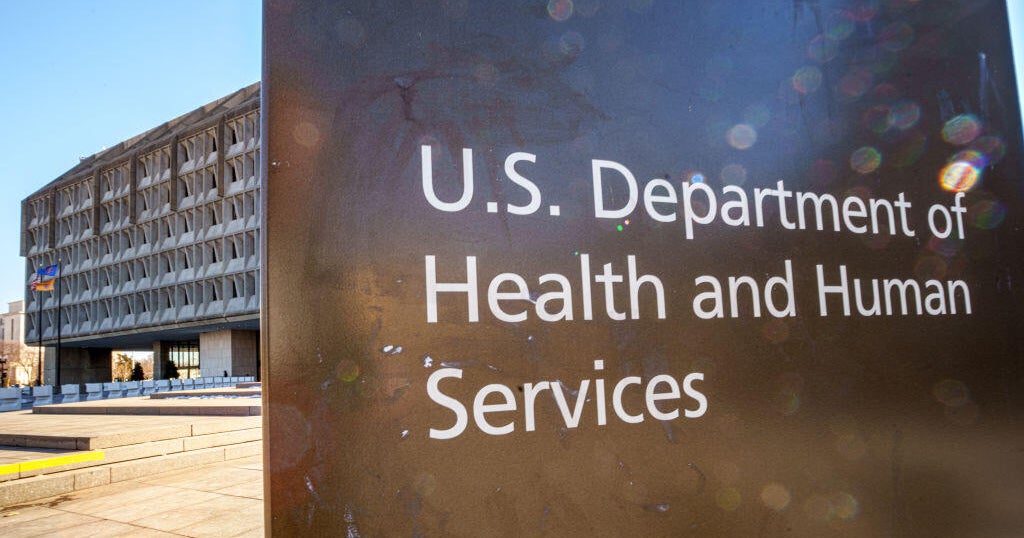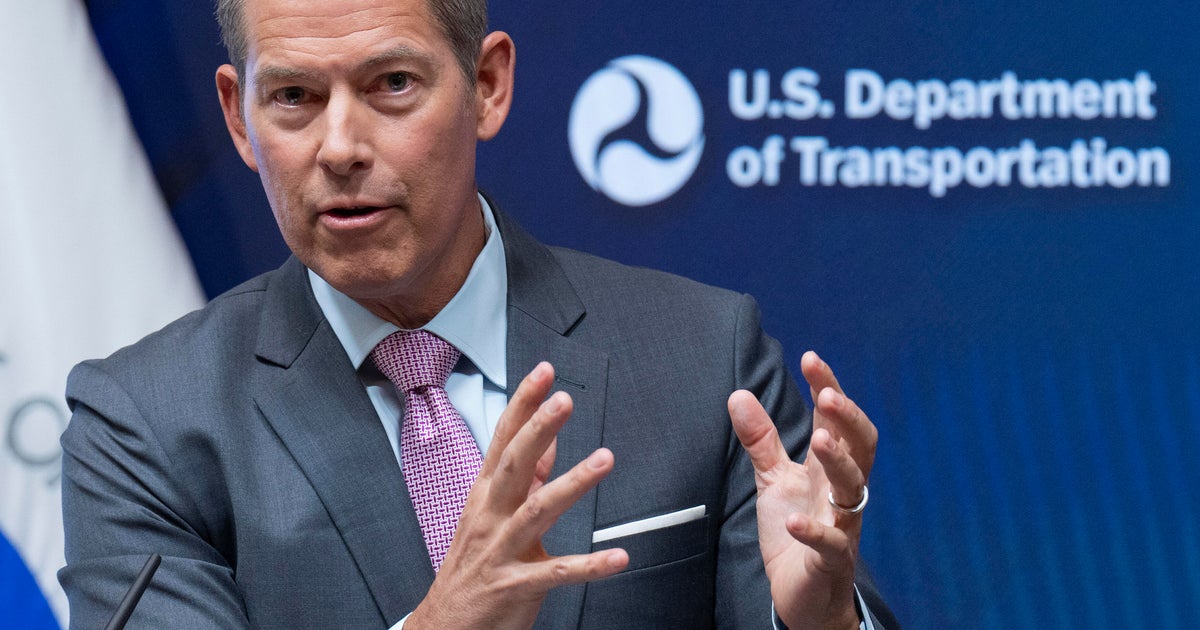The weight of student loan debt is a crushing reality for millions of Americans. From skyrocketing tuition costs to complex repayment plans, navigating the student loan landscape can feel like wandering through a financial labyrinth. But what does the future hold for borrowers? Will there be relief? Will forgiveness become a reality?
CBS News is here to cut through the noise and provide you with the essential information about the latest developments in student loan policy. Whether you’re a current student, a recent graduate, or simply someone who wants to understand this pressing issue, this article will shed light on the challenges and opportunities ahead.
Analysis: The Department’s Role in Ensuring Access to Education
The U.S. Department of Education plays a crucial role in ensuring access to education for millions of Americans. As the primary agency responsible for overseeing the nation’s education system, the Department of Education has a profound impact on the lives of students, families, and taxpayers.
One of the key functions of the Department of Education is managing the federal student loan portfolio, which includes $1.6 trillion in outstanding loans. The agency also collects data on education outcomes, from early to higher education, to inform policy decisions and improve educational outcomes.
Furthermore, the Department of Education operates the Pell grant program, which provides qualifying low- and middle-income students with up to $7,400 per year to attend college. This program has helped millions of students access higher education, paving the way for better career opportunities and economic mobility.
The Department of Education also ensures equal access to education through its Office of Civil Rights, which investigates complaints of discrimination and promotes compliance with federal laws and regulations.
As Peter Granville, a fellow at The Century Foundation and expert on higher education, notes, “The primary role of the Department of Education has been as a grant maker and a loan lender. The agency’s role is primarily financial, distributing billions in government money to colleges and schools and managing the federal student loan portfolio.”

The Department’s Current Functions and Services
The Department of Education’s current functions and services are critical to ensuring access to education for millions of Americans. Some of the key services provided by the agency include:
- Managing the federal student loan portfolio, which includes $1.6 trillion in outstanding loans
- Collecting data on education outcomes, from early to higher education
- Operating the Pell grant program, which provides qualifying low- and middle-income students with up to $7,400 per year to attend college\
- Ensuring equal access to education through its Office of Civil Rights
- Providing funding to help poor and disabled students enrolled in K-12 schools
- Funding public charter schools
- Overseeing the college accreditation system by reviewing all federally recognized accrediting agencies
These services are essential to promoting educational equity and improving educational outcomes for millions of Americans.

Analysis: The Importance of These Services for Students and Schools
The services provided by the Department of Education are critical to ensuring access to education for millions of Americans. Without these services, many students would struggle to access higher education, leading to limited career opportunities and economic mobility.
The Pell grant program, for example, has helped millions of students access higher education, paving the way for better career opportunities and economic mobility. The program has also helped to reduce student debt, which can be a significant barrier to accessing higher education.
Furthermore, the Department of Education’s data collection efforts have helped to inform policy decisions and improve educational outcomes. By collecting data on education outcomes, the agency can identify areas where students are struggling and develop targeted interventions to support them.
As Granville notes, “The Department of Education’s role is primarily financial, distributing billions in government money to colleges and schools and managing the federal student loan portfolio. This has a profound impact on the lives of students, families, and taxpayers.”

The Impact of Trump’s Plans on the Department of Education
The Trump administration’s plans to dismantle the Department of Education are likely to have significant implications for access to education. If the agency is eliminated, many of its services would need to be transferred to other agencies or organizations, which could lead to disruptions in service and reduced access to education.
The elimination of the Department of Education could also lead to a shift in the way student loans are managed. Currently, the agency manages the federal student loan portfolio, which includes $1.6 trillion in outstanding loans. If the agency is eliminated, it is unclear which agency or organization would take over this responsibility.
Experts warn that a shift in student loan management could lead to increased costs and reduced access to education for many students. As Persis Yu, managing counsel for the Student Borrower Protection Center, notes, “We know what is in Project 2025, and we know what we saw in the first Trump administration. We just should be very concerned about what the next administration will mean for borrowers.”
Navigating the Uncertainty: Practical Advice for Borrowers
As the future of the Department of Education and student loan management becomes increasingly uncertain, borrowers would be wise to take proactive steps to navigate the changing landscape.
Understanding Your Student Loan Options
One of the most important things borrowers can do is understand their student loan options. This includes exploring forgiveness programs, income-driven repayment plans, and other alternatives to traditional repayment plans.
Forgiveness programs, for example, can provide significant relief to borrowers who are struggling to repay their loans. Income-driven repayment plans can also help borrowers manage their monthly payments and reduce their overall debt burden.
Experts recommend that borrowers consider their individual circumstances and financial goals when selecting a repayment plan. This includes taking into account their income, expenses, and career goals.
Preparing for a Potential Shift in Student Loan Management
Borrowers should also be prepared for a potential shift in student loan management. This includes understanding the role of the private sector in student loan management and the potential consequences of a shift in management.
Private lenders, for example, may offer more flexible repayment terms and lower interest rates than traditional federal loans. However, they may also require borrowers to meet more stringent credit requirements and pay higher fees.
Experts recommend that borrowers carefully review the terms and conditions of any private loan before accepting it. This includes considering the interest rate, repayment term, and any fees associated with the loan.
Staying Informed About Changes to Student Loan Policies
Staying informed about changes to student loan policies is critical for borrowers who want to navigate the changing landscape with confidence.
This includes following news and updates from the Department of Education, advocacy groups, and other organizations that track student loan policy changes.
Experts recommend that borrowers stay up-to-date on the latest developments in student loan policy, including changes to repayment plans, forgiveness programs, and other initiatives.
By staying informed and proactive, borrowers can better navigate the changing landscape and make informed decisions about their student loans.
Conclusion
Navigating the future of student loans is a labyrinthine journey filled with uncertainty and complex considerations. From the potential for debt forgiveness to the looming threat of rising interest rates, the landscape is constantly evolving. As we’ve explored, the current system’s inherent challenges, paired with the escalating cost of education, demand a comprehensive overhaul. The Biden administration’s efforts, while promising, face legal hurdles and political roadblocks, leaving borrowers in a precarious position. The implications of these uncertainties are profound. For millions of Americans, student loan debt hangs like a heavy weight, hindering their ability to purchase homes, start families, and fully participate in the economy. The future of higher education itself is at stake, as affordability concerns increasingly deter potential students. The coming years will undoubtedly be pivotal, demanding a national conversation that prioritizes accessible and sustainable pathways to higher education. Will we rise to the challenge, ensuring opportunity for all, or will the burden of student debt continue to stifle the dreams of generations to come? The answer rests not on the shoulders of policymakers alone, but on the collective will of a nation determined to create a more equitable future.
